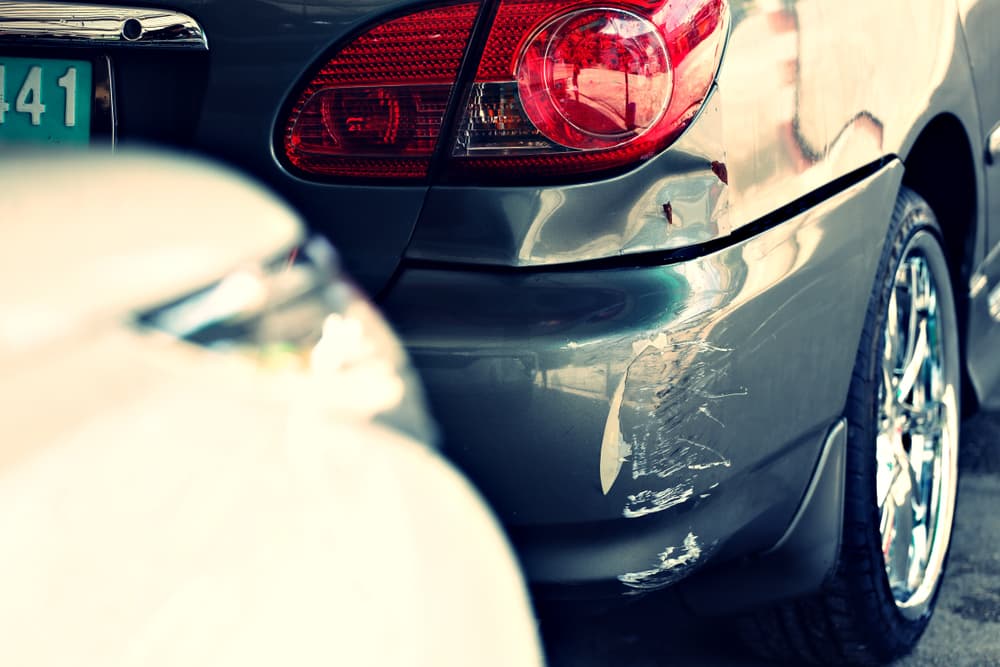A rear-end collision is among the most common types of car accidents, occurring when one vehicle crashes into the back of another. Despite their prevalence, these incidents can have devastating consequences, often resulting in severe injuries and significant property damage.
Rear-end collisions happen in a split second, and even at low speeds, sudden deceleration causes injuries that lead to long-term complications.
From a legal standpoint, a rear-end collision places a significant liability burden on the striking driver. Establishing fault is more complex than it seems, as sudden stops, faulty brake lights, or hazardous road conditions come into play.
This blog provides valuable insights on navigating car accidents with guidance from a car accident attorney in McLean.
Common Causes of Rear-End Collisions
While rear-end crashes occur for many reasons, several factors tend to cause these incidents:
Distracted Driving
Distractions like texting, eating, adjusting the radio, or even conversing with passengers divert a driver’s attention from the road ahead, increasing reaction times and making rear-end collisions more likely.
Tailgating
Failing to maintain a safe following distance is a surefire way to increase the risk of rear-ending the vehicle in front. Tailgating leaves little room for error, making it nearly impossible to brake in time if the lead vehicle slows or stops suddenly.
Impaired Driving
Drivers under the influence of alcohol, drugs (including prescribed medications), or fatigue often experience reduced reaction times, poor judgment, and impaired motor skills, significantly raising their chances of causing a rear-end crash.
Poor Road Conditions
Rain, snow, ice, or debris on the roadway contributes to rear-end collisions by reducing traction and increasing stopping distances. Lack of proper road maintenance or signage can contribute.
Awareness and defensive driving practices can go a long way in reducing the risk of devastating rear-end collisions.
Most Common Types of Injuries After a Rear-end Collision

Rear-end crashes are among the most frequent types of car accidents, often resulting in a range of injuries that vary significantly in severity.
They occur when one vehicle strikes the back of another. While they are commonly associated with low-speed impacts, the injuries sustained can cause surprisingly severe, long-lasting effects.
- Whiplash is the most common injury resulting from rear-end crashes. This injury occurs due to the rapid back-and-forth movement of the neck at the moment of impact, mirroring the cracking of a whip.
Symptoms include neck pain, stiffness, headaches, dizziness, and sometimes blurred vision or memory problems. While many recover from whiplash within a few weeks, some experience chronic neck pain and other long-lasting complications.
- Spinal cord injuries are a serious consequence of rear-end collisions. The force of impact causes compression and damage to the spine, leading to varying degrees of paralysis depending on the injury’s location and severity.
These injuries typically result in permanent disability, requiring extensive rehabilitation and lifelong care.
- Traumatic brain injuries (TBI). They include concussions, which occur even in low-speed rear-end crashes if the head is violently shaken or strikes an object inside the car.
Symptoms can range from mild, such as headaches or temporary confusion, to severe, affecting cognitive function, motor skills, and emotional regulation. The effects of a TBI can require long-term, specialized treatment.
- Fractures and soft tissue injuries are also common in rear-end accidents. The force of the collision can lead to broken bones, particularly in the wrists, arms, and ribs, as occupants brace for impact. Soft tissue injuries, such as sprains and strains, can affect any body part but are particularly common in the back and neck.
- Facial injuries and lacerations result from airbag release or contact with the steering wheel, dashboard, or broken glass. They range from minor cuts and bruises to more severe injuries requiring surgical intervention.
The severity of injuries from rear-end crashes largely depends on factors such as the speed at impact, whether occupants were wearing seatbelts, and the vehicles’ sizes involved.
How Can a Lawyer Help in a Rear-End Collision
Navigating the legal and insurance landscape is overwhelming. This is where a lawyer’s skill and experience become invaluable, offering guidance and representation to ensure victims receive the compensation they are entitled to.
Here’s how a lawyer can assist in such situations:

Legal Experience and Advice: Understanding your rights and the complexity of the law is crucial following a rear-end collision. A McLean personal injury lawyer will explain your case’s legal framework, including fault determination and the statute of limitations.
They provide personalized advice based on the specifics of your case, ensuring you make informed decisions throughout the legal process.
Investigation and Evidence Gathering: A thorough investigation is essential to build a strong case. Lawyers have the resources and know-how to collect comprehensive evidence, including police reports, witness statements, surveillance footage, and accident reconstruction analysis.
This evidence is critical in proving the other party’s negligence and the extent of your injuries and losses.
Dealing With Insurance Companies: Insurance adjusters often minimize payouts. A lawyer acts as your advocate when negotiating with insurance companies.
They ensure your claim is accurately valued and cover all your damages, from medical expenses and lost wages to pain and suffering.
Their negotiation skills are the key to securing a fair settlement.
Experience in Assessing Damages: Accurately quantifying your damages is complex but essential for receiving adequate compensation.
Lawyers have the experience to evaluate economic and non-economic damages, including current and future medical bills, rehabilitation costs, lost income, and pain and suffering.

They may consult with medical professionals to ascertain the full impact of your injuries.
Peace of Mind: Perhaps one of the most significant benefits of hiring a lawyer is the peace of mind it brings. Knowing that a seasoned professional is handling the legal aspects of your case allows you to focus on your recovery.
A lawyer takes on the stress of legal proceedings, deadlines, and negotiations, providing you with the support and guidance needed during a challenging time.
After a car accident, get adequate treatment for your injuries and consult a seasoned personal injury attorney about your rights as a car accident survivor.
